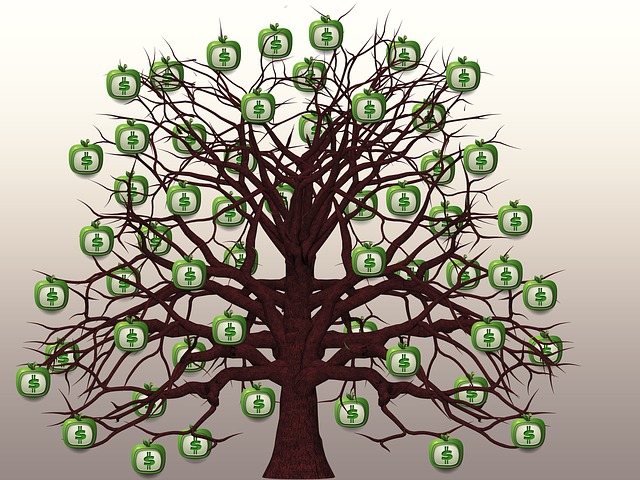When Donald J. Trump became president in 2017, prices had risen roughly 5 percent over the previous four years. If he were to win the race for the White House in 2024, he would be entering office at a time when they are up 20 percent and counting.
That is a critically different economic backdrop for the kind of policies — tariffs and tax cuts — that the Republican contender has put at the center of his campaign.
Mr. Trump regularly blames the Biden administration for the recent price surge, but inflation has been a global phenomenon since the onset of the coronavirus pandemic in 2020. Supply chain problems, shifting consumer spending patterns and other quirks related to pandemic lockdowns and their aftermath collided with stimulus-fueled demand to send costs shooting higher.
The years of unusually rapid inflation that resulted have changed the nation’s economic picture in important ways. Businesses are more accustomed to adjusting prices and consumers are more used to those changes than they were before the pandemic, when costs had been quiescent for decades. Beyond that, the Federal Reserve has lifted interest rates to 5.3 percent in a bid to slow demand and wrestle the situation under control.
That combination — jittery inflation expectations and higher interest rates — could make many of the ideas Mr. Trump talks about on the campaign trail either riskier or more costly than before, especially at a moment when the economy is running at full speed and unemployment is very low.
Mr. Trump is suggesting tax cuts that could speed up the economy and add to the deficit, potentially boosting inflation and adding to the national debt at a time when it costs a lot for the government to borrow. He has talked about mass deportations at a moment when economists warn that losing a lot of would-be workers could cause labor shortages and push up prices. He promises to ramp up tariffs across the board — and drastically on China — in a move that might sharply increase import prices.
Thank you for your patience while we verify access. If you are in Reader mode please exit and log into your Times account, or subscribe for all of The Times.
Thank you for your patience while we verify access.
Already a subscriber? Log in.
Want all of The Times? Subscribe.

